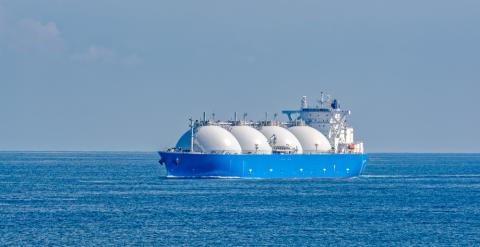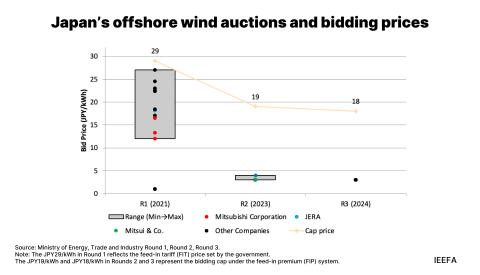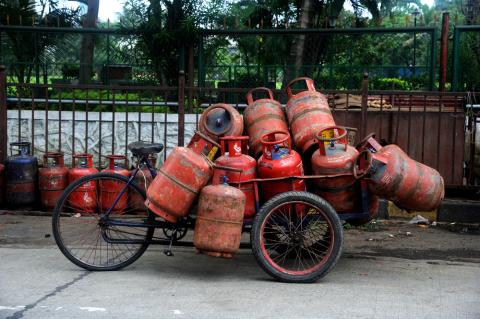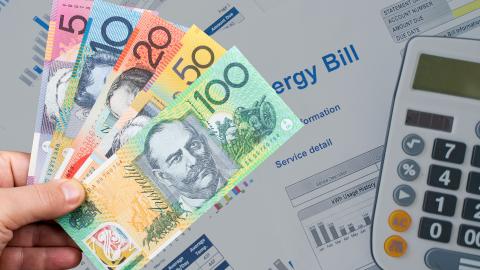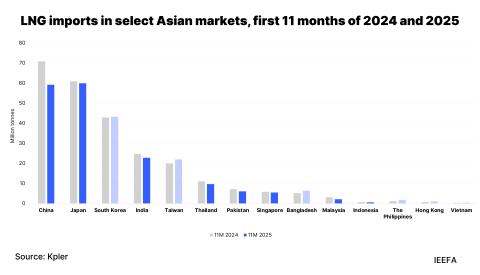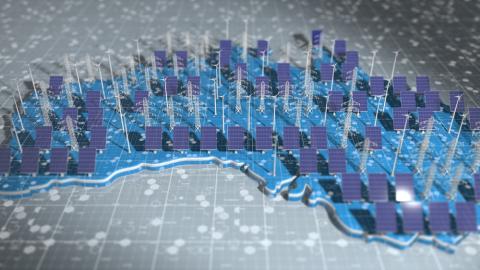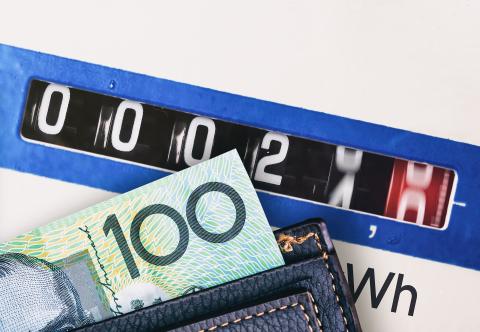New UK data sends nuclear warning for Australia
Download PDF
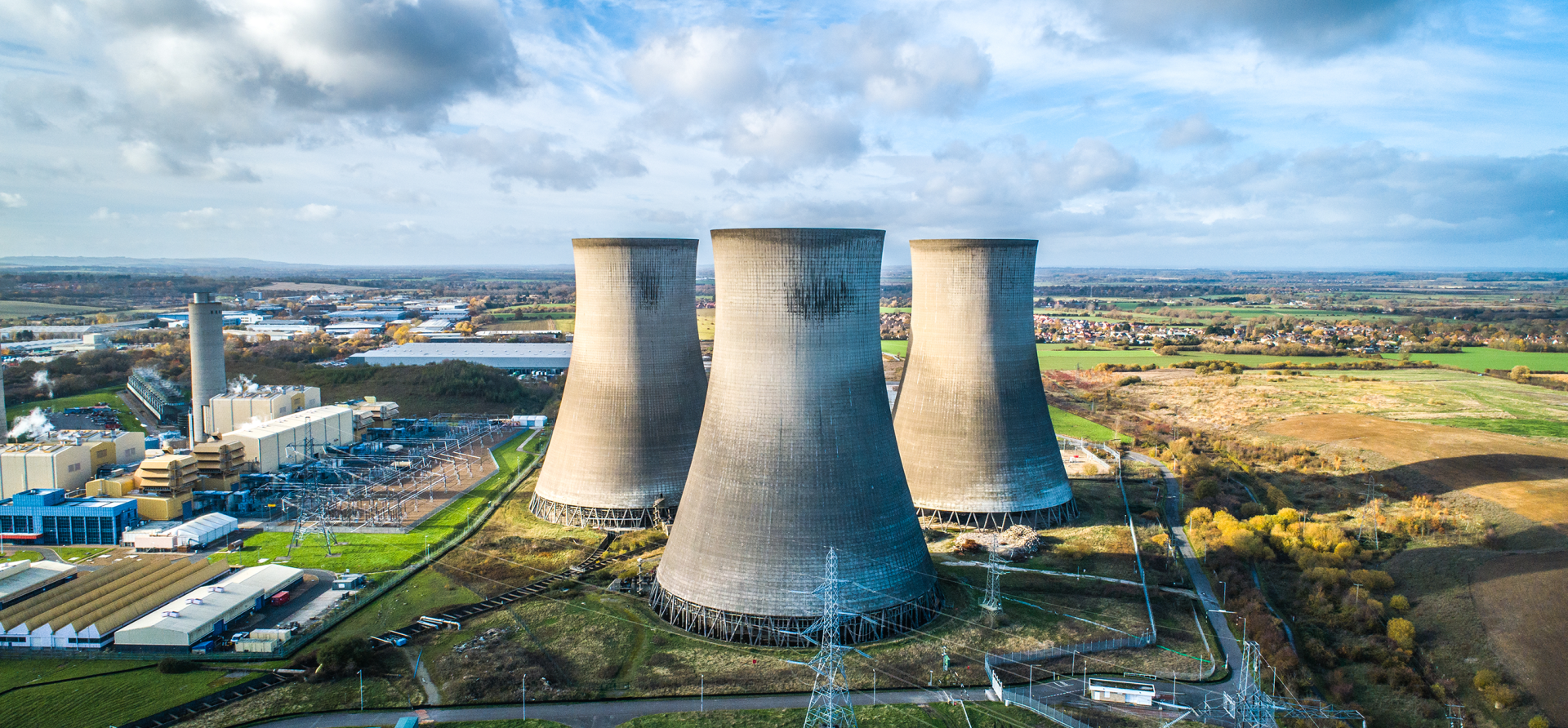
Key Findings
The latest reported cost blow-out for the UK’s proposed Sizewell C nuclear plant further underlines that the Coalition’s proposal to bring nuclear power to Australia is unrealistic.
Sizewell C’s revised capital cost estimate is about 2.5 times the capital cost used in the Coalition’s modelling.
For an Australian nuclear plant with similar costs to those reported for Sizewell C to be commercially viable, average household power bills would need to increase by between $561 and $961 per year.
The UK’s Financial Times has recently reported that the 3,260 megawatt Sizewell C project – expected to be the UK’s next nuclear power plant – is now likely to cost around GBP40 billion, or $80 billion in Australian dollars, to construct. That equates to $24,540 per kilowatt of capacity.
Sizewell C’s latest cost blow-out offers further confirmation that the opposition Liberal-National Coalition’s costing for its proposal to build nuclear power plants in Australia is far too low at $10,000 per kilowatt, and completely unrealistic. It supports IEEFA’s findings on the cost of construction for other nuclear power plants, detailed in our September 2024 report Nuclear in Australia would increase household power bills. The Sizewell C reactor’s newly estimated capital cost is about 2.5 times the capital cost used in the Frontier Economics modelling that has underpinned the Coalition’s plans.
At present the UK Government is yet to commit to construction of Sizewell C and an official costing for the project is yet to be released. But the latest information in Financial Times, which has reportedly come from government and industry sources close to the project, reinforces the findings from our prior report: that for nuclear power to be viable in Australia, large increases in power prices would be required.
If the reported $80 billion cost only covers the plant’s construction and doesn’t account for the substantial debt interest costs likely to be accumulated over the targeted nine-year construction period, then Sizewell C would need the wholesale power price to rise to average out at around $300 per megawatt-hour to be commercially viable. Even if this debt interest cost is accounted for in the $80 billion cited by the Financial Times, then it would still need the wholesale power price to rise to around $230 per megawatt-hour.
By comparison, according to the Australian Competition and Consumer Commission (ACCC), over the 2023-24 financial year electricity retailers across Australia’s National Electricity Market needed to pay $132 per megawatt-hour on average for wholesale energy to service their household customers.
Shadow Treasurer Angus Taylor has asserted on repeated occasions that any government investment in nuclear power plants would be made on the requirement that they were “commercially viable”, with no subsidies provided that would hit the Government’s budget. So, for a nuclear plant with similar costs to those reported for Sizewell C to be commercially viable in Australia, wholesale energy prices would need to rise by $98 to $168 per megawatt-hour, relative to 2023-24 levels, to enable cost recovery. This equates to a 74% to 127% rise in wholesale prices, which would be charged on to household electricity consumers.
Such wholesale prices would mean that average household power bills across the states in the National Electricity Market would increase by between $510 and $874 per year prior to application of GST. Once GST is added then the increase will be between $561 and $961 – assuming electricity retailers don’t add a margin on top. This is based on ACCC data, which indicates average household annual consumption is 5.2 megawatt-hours.
CORRECTION: This article was amended on 3 February 2025. The initial version included the sentences "That equates to $24,540 per megawatt of capacity." and "Sizewell C's latest cost blow-out offers further confirmation that the opposition Liberal-National Coalition's costing for its proposal to build nuclear power plants in Australia is far too low at $10,000 per megawatt, and completely unrealistic". The figures quoted should have been in kilowatts and have been amended accordingly.


